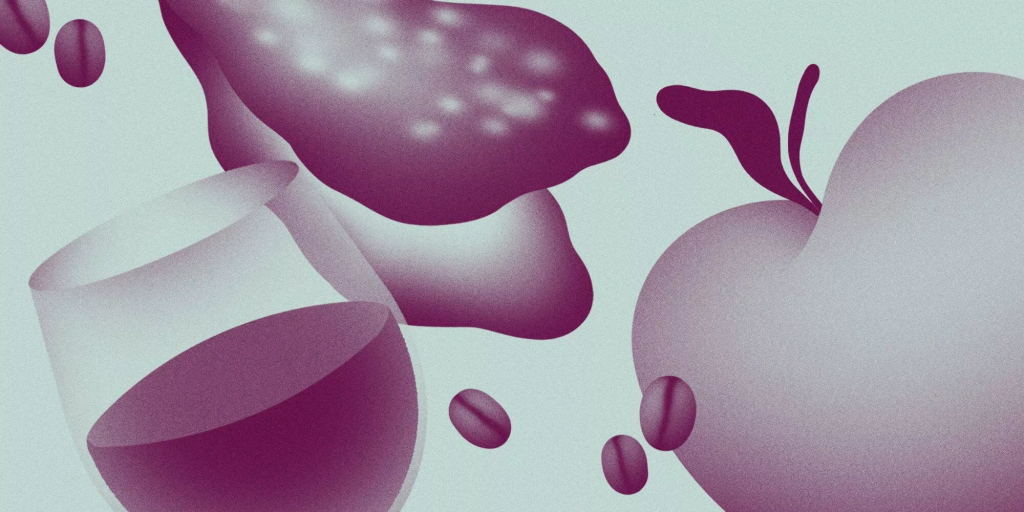Aphrodisiacs 101
Known by various names through history, aphrodisiacs have been a part of societal culture for centuries. It transcends time, race, culture – making it unanimous – we all want to have better sex. But what is an aphrodisiac you may ask? Derived from the Greek word aphrodisios, it means pertaining to Aphrodite, the Greek goddess associated with love, lust, beauty, pleasure, passion, and procreation. Aphrodisiacs refer to substances that are believed to increase sexual desire, sexual attraction, sexual pleasure, or sexual behavior. Said substances include a wide range of plants, spices, foods, and man-made substances. Here’s a look into this historically infamous substance.

A Historical Background.
Ancient cultures like the Chinese, Indian, Egyptian, Roman, and Greek ones thought that certain drugs could be the solution to increasing a person’s sexual desire, pleasure, or behaviour. This was crucial since some men with erectile dysfunction were unable to have children. Men who could have numerous families and were able to conceive their wives were respected, while those who couldn’t were considered as failures. A stimulant was therefore required. Even those who weren’t affected by it wanted performance boosters. Regardless of how they were used, these drugs grew in popularity and started to be studied, with knowledge being passed down through the centuries.
Poems from Hindu cultures that were written between 2000 and 1000 BC discussed ingredients, performance boosters, and usage advice. Chinese cultures produced writing between 2697 and 2595 BC. Roman, Chinese, and Egyptian cultures all recorded their belief in the aphrodisiac properties of animal genitalia, as well as erectile dysfunction treatment advice. It is interesting to note that a book called “Advising Men on Sexual Engagement with Their Women” from the Timbuktu Manuscripts served as a manual on aphrodisiacs and cures for infertility in post-classical West Africa. It gave men suggestions on “getting their wives back.” According to Hammer, the document offered advice for optimizing sexual satisfaction on both sides at a time when women’s sexuality was little acknowledged in the West.

But if you believe in their effectiveness, here are some of the substances that are said to be aphrodisiacs.
Foods
Foods that resemble genitalia are among the groups of foods once believed to have aphrodisiac properties. Due to their texture and shape, clams and oysters also assert that they have aphrodisiac properties. In truth, oysters are rich in zinc, a nutrient that was once deficient in people’s diets; eating them could enhance a nutrient-poor diet, so enhancing a person’s general health and sex drive. Long believed to be a sexual stimulant are spicy meals. This statement has some basis in science because diets with a lot of spices frequently include capsaicin, the cayenne pepper’s active component. Consuming capsaicin can have physiological effects similar to those of sex, including increased heart rate, metabolism, and occasionally even sweating.
Herbs
Yohimbe is a herb that grows in Africa and India, and it has long been believed to have aphrodisiac properties. It improves the ability to erection while reducing sexual arousal by stimulating nerve regions in the spine. Some now refer to it as the herbal Viagra. Unfortunately, using this plant might have negative side effects, such as anxiety, drowsiness, overstimulation, paralysis, and hallucinations.

Alcohol and Marijuana
Because it has a depressive effect on the central nervous system, alcohol has been linked to aphrodisiac properties. Through lowering inhibitions, depressants can increase sexual desire and conduct. Alcohol has both physiological and psychological effects on people, making it challenging to pinpoint just how people are feeling its aphrodisiacal effects. Alcohol can stimulate sexual desire when consumed in moderation, however bigger doses are linked to difficulty experiencing sexual pleasure. The effects of marijuana are inconsistent, with half of users reporting an increase in sex desire and pleasure and the other half reporting no impact. Results are known to be influenced by consumption, individual sensitivity, and perhaps marijuana strain.
Synthetic drugs
Due to their enhancement of sexual pleasure, users of common party drugs have claimed that they include aphrodisiac characteristics. However, there have also been reports of delays in orgasms in both sexes and problems with erectile function in men. Ecstasy users have reported an increase in sexual desire and sexual satisfaction. An inhalant known as poppers has been associated with greater sexual enjoyment. Headaches, nausea, and momentary erectile dysfunction are known side effects. The phenethylamine derivatives amphetamine, methylphenidate, and methamphetamine are known to increase libido and have the potential to cause frequent or prolonged erections as side effects, especially at high supratherapeutic doses where sexual hyperexcitability and hypersexuality can occur; however, in some users, libido is decreased.
Conclusion
Irrespective of your belief in aphrodisiacs and its effects, if you choose to use them, one must be careful. Especially in the cases of synthetic drugs, the side effects are sometimes quite detrimental in nature and can also tamper with the hormonal balance of the body. But experimenting with organic aphrodisiacs can definitely be a fun exploration of your libido with or without your partner/s.
Cover Image Credits: Inma Hortas Illustration
Author

